In American history, Edith Ewing Bouvier Beale, known as “Big Edie,” is fascinating and often misunderstood. Born into the wealthy Bouvier family, her unconventional lifestyle and role in Grey Gardens made her a cultural legend. Her life, family, and legacy are covered in this article.
1. Early Life and Family Background
Edith Ewing Bouvier Beale was born in Nutley, New Jersey, on October 5, 1895, into the celebrated Bouvier family. Mother Maude Sergeant Bouvier was from a famous family, and father John Vernou Bouvier Jr. was a wealthy stockbroker. Rich upbringing gave Edith chances that impacted her early life.

2. The Bouvier Connection to American High Society
The Bouvier family was well connected in American high society, and Edith Ewing Bouvier Beale was no exception. She was the sister of John Vernou Bouvier III, and the aunt of Jacqueline Kennedy Onassis, the future First Lady. This connection to the Kennedy family would later become a significant part of Edith’s identity in the public eye.

3. Marriage to Phelan Beale
Edith married wealthy Southern attorney Phelan Beale in 1917. Their promising marriage deteriorated. Despite the conflict, they produced three children: Edith “Little Edie” Bouvier Beale, Phelan Jr., and Bouvier.

4. The Rise of “Big Edie” as a Socialite
Throughout her early adulthood, Edith Ewing Bouvier Beale was a socialite who enjoyed the privileges of her family’s wealth. She was involved in high-society events, often attending parties and gatherings that further solidified her status as an influential figure in New York’s elite circles.
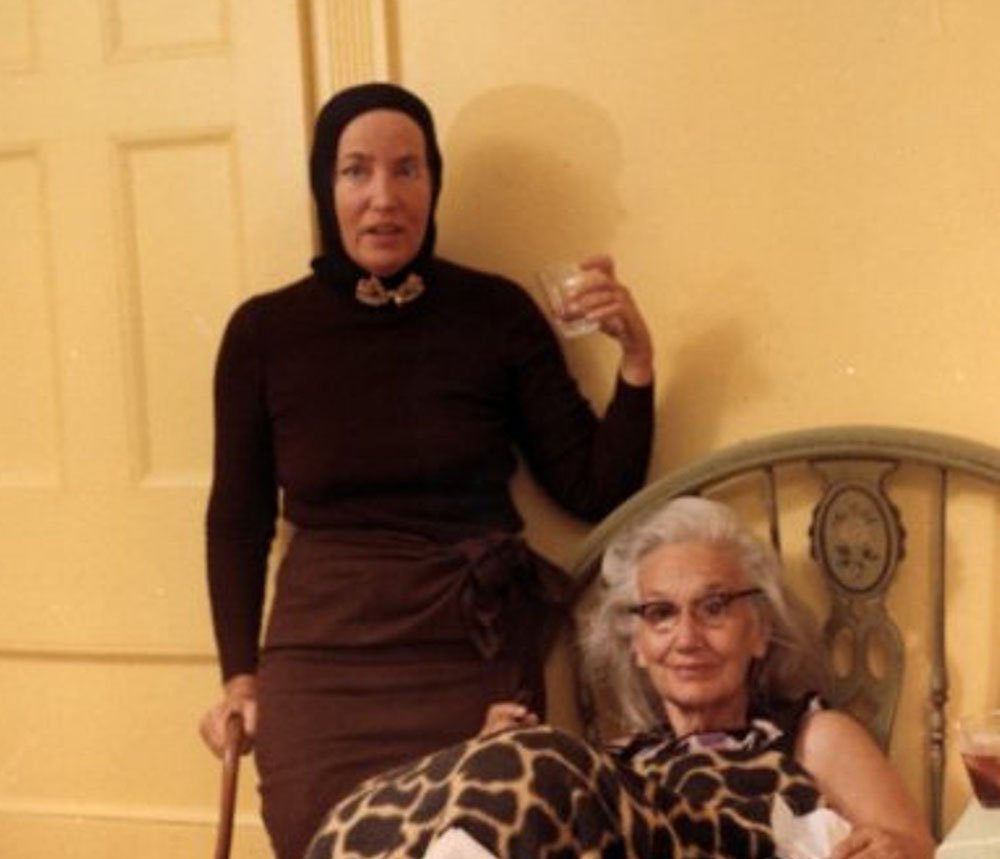
5. A Shift Toward Eccentricity
As Edith grew older, she began exhibiting increasingly eccentric behavior. She became known for her unconventional lifestyle, which would eventually define her later years. Her choices in fashion, her love of opera, and her often theatrical demeanor became a hallmark of her personality, distinguishing her from others in her social class.
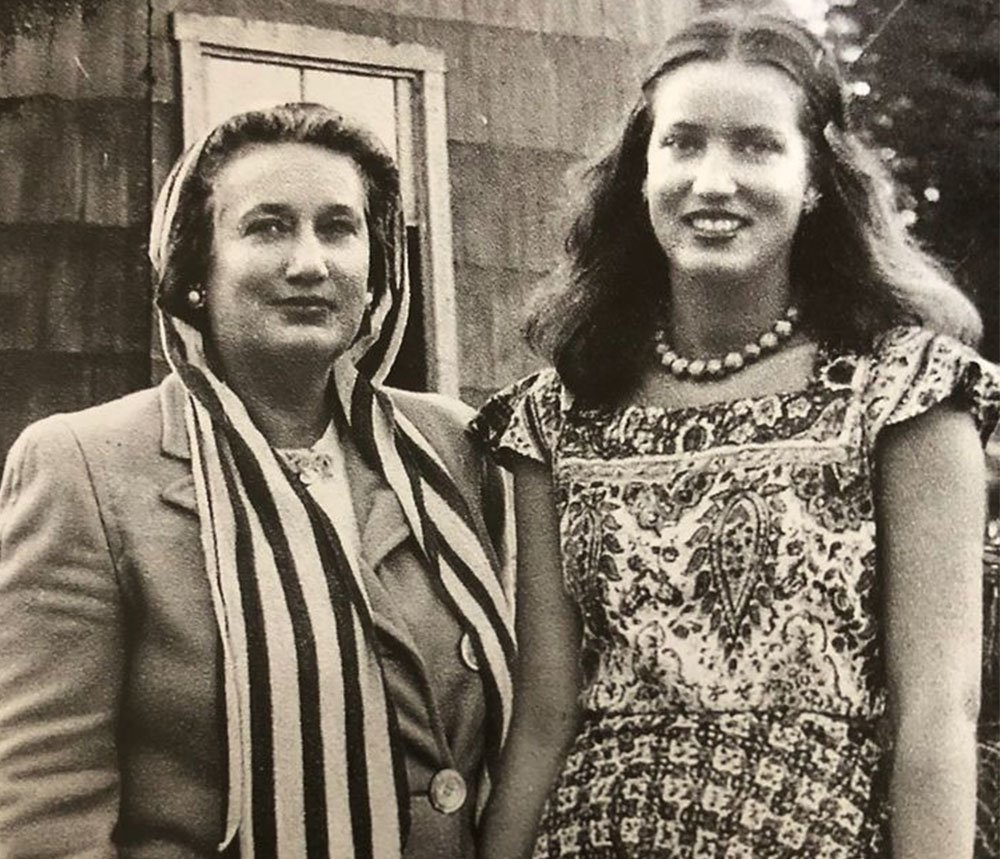
6. The Decline of the Beale Family
In the years following World War II, Edith’s marriage to Phelan Beale deteriorated. Phelan, tired of Edith’s behavior and struggling financially, divorced her by telegram in 1946 while he was in Mexico. This left Edith to raise their children alone at their grand estate, Grey Gardens, in East Hampton, New York. The Beale family’s wealth also began to wane during this time.
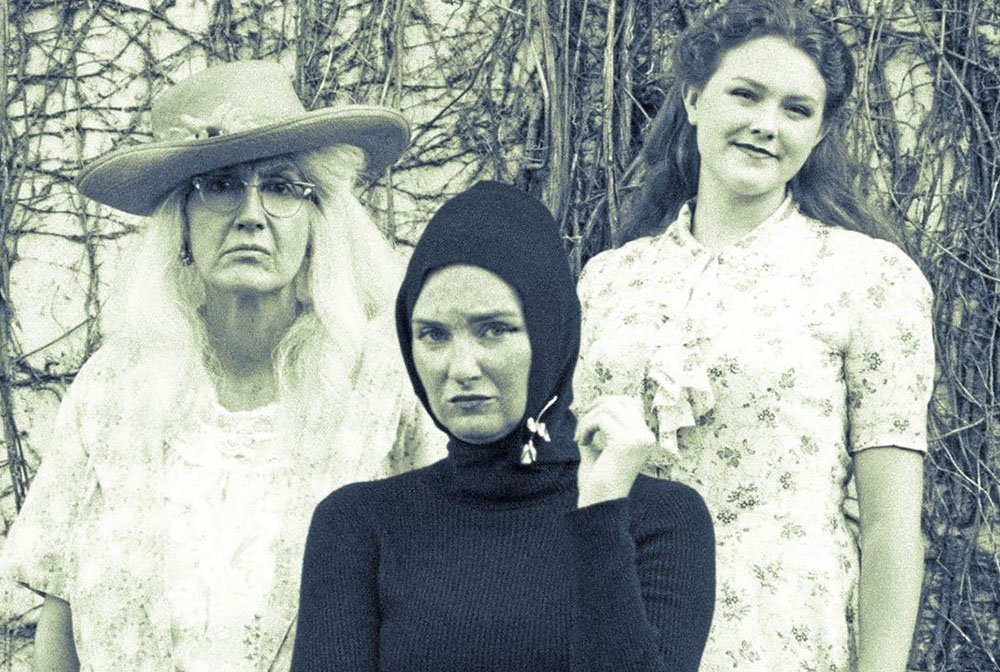
7. Life at Grey Gardens
Grey Gardens, the once-stunning mansion where Edith and her daughter, Little Edie, would live for many years, became a symbol of their decline. Over time, the mansion fell into disrepair, with rooms cluttered with garbage and the once-beautiful grounds overrun by weeds. Despite the deteriorating conditions, Edith and Little Edie remained in the home, disconnected from the outside world.
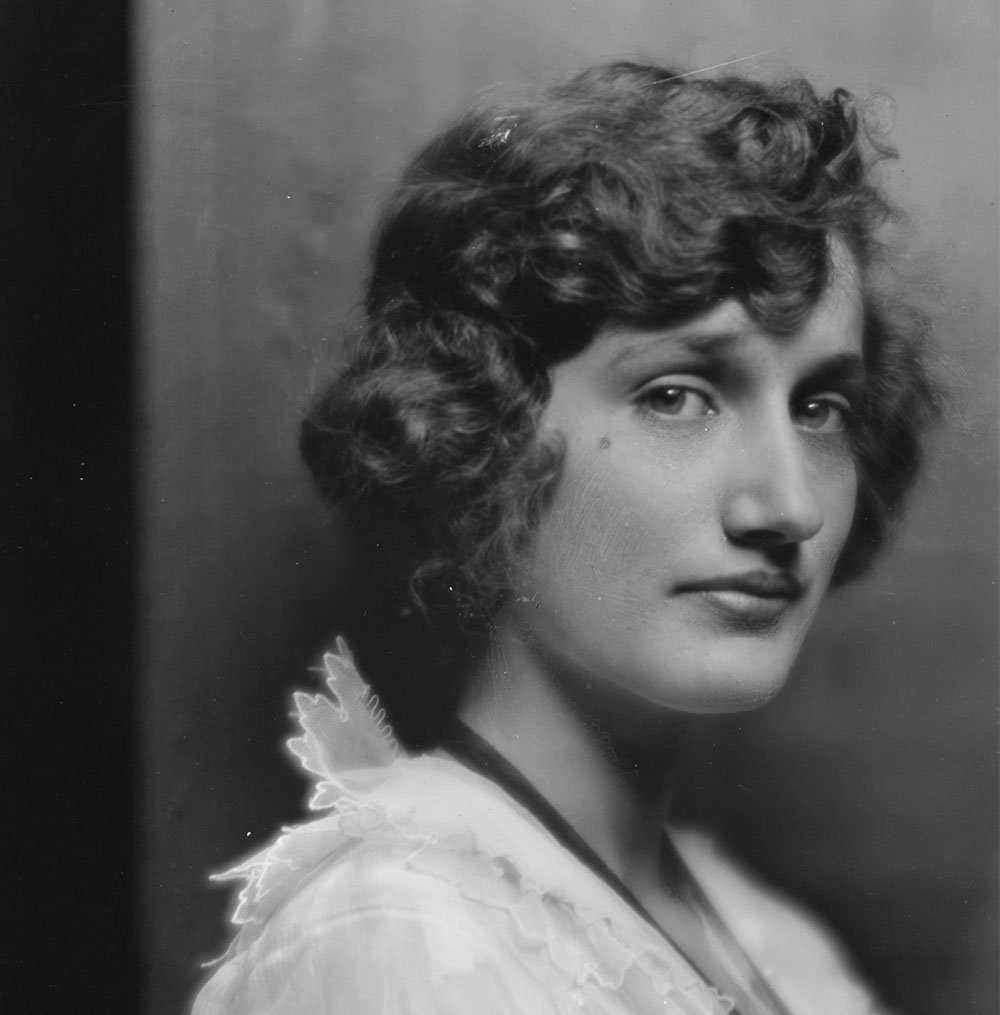
8. The Role of Little Edie
Edith’s daughter, Little Edie, played a significant role in her life. While Edith, known for her dramatic flair, was a central figure in New York’s high society, Little Edie grew up to become an eccentric socialite in her own right. She developed alopecia totalis, which led her to adopt her signature style of wearing scarves and head coverings, a look that became iconic after the release of Grey Gardens.

9. The Documentary “Grey Gardens”
The Beales’ reclusive lifestyle was eventually captured in the 1975 documentary Grey Gardens, directed by Albert and David Maysles. The film follows Edith and Little Edie as they navigate their lives in the decaying mansion. The documentary offers an intimate glimpse into their eccentricities, isolation, and complex mother-daughter relationship. Grey Gardens became a cult classic and cemented the Beales’ place in pop culture.
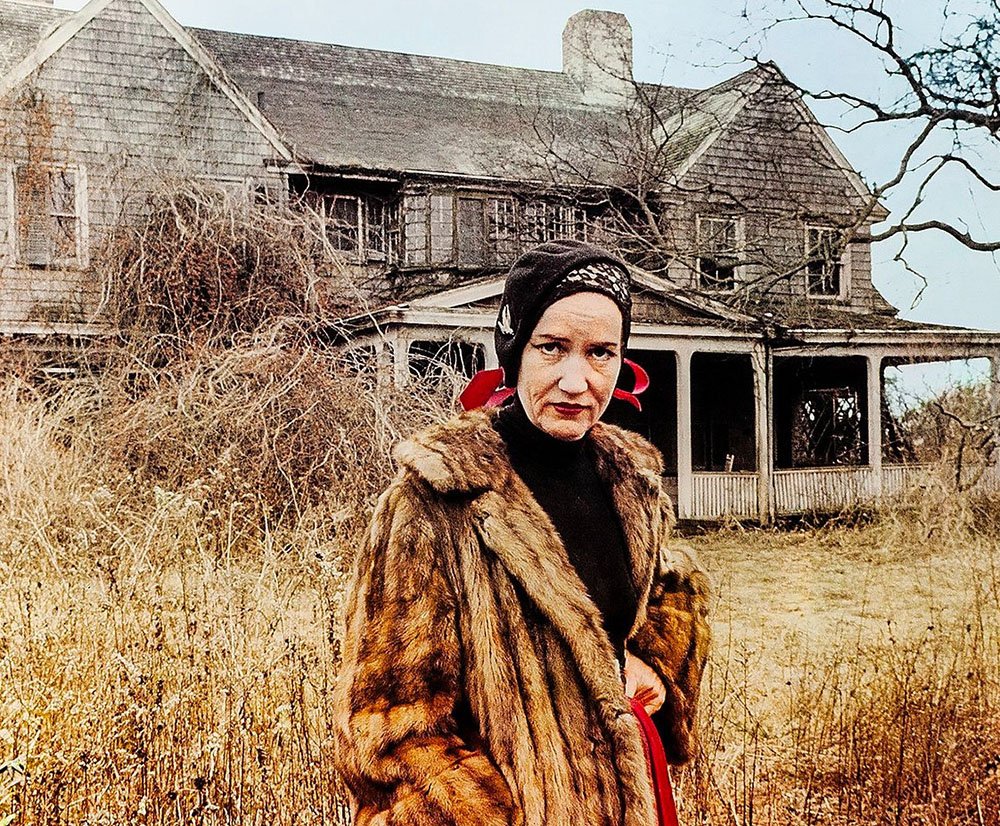
10. Edith’s Later Years
In her later years, Edith Ewing Bouvier Beale’s health began to decline. She passed away on February 5, 1977, at the age of 81. Her death marked the end of an era at Grey Gardens. After her passing, Little Edie briefly moved to New York City and tried her hand at a cabaret career, but her mother’s death left a lasting emotional impact on her.
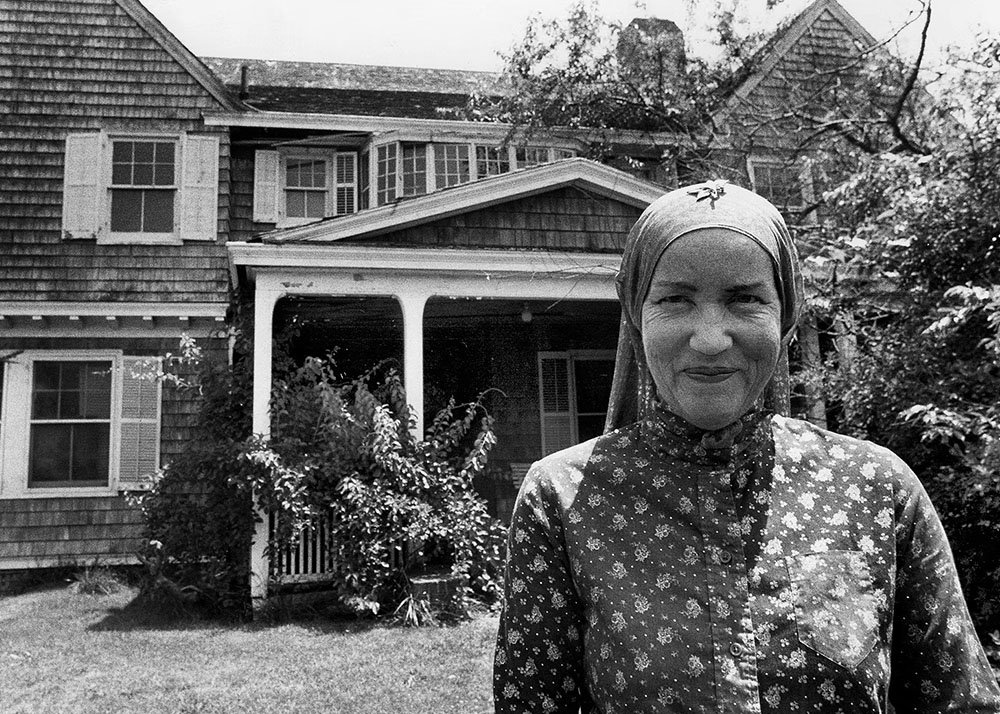
11. The Beale Family Legacy
The legacy of Edith Ewing Bouvier Beale is multifaceted. While her eccentricities and reclusive lifestyle attracted attention, they also sparked a broader conversation about wealth, mental health, and societal expectations. Through Grey Gardens, Edith and her daughter became symbols of both tragic isolation and resilient independence.
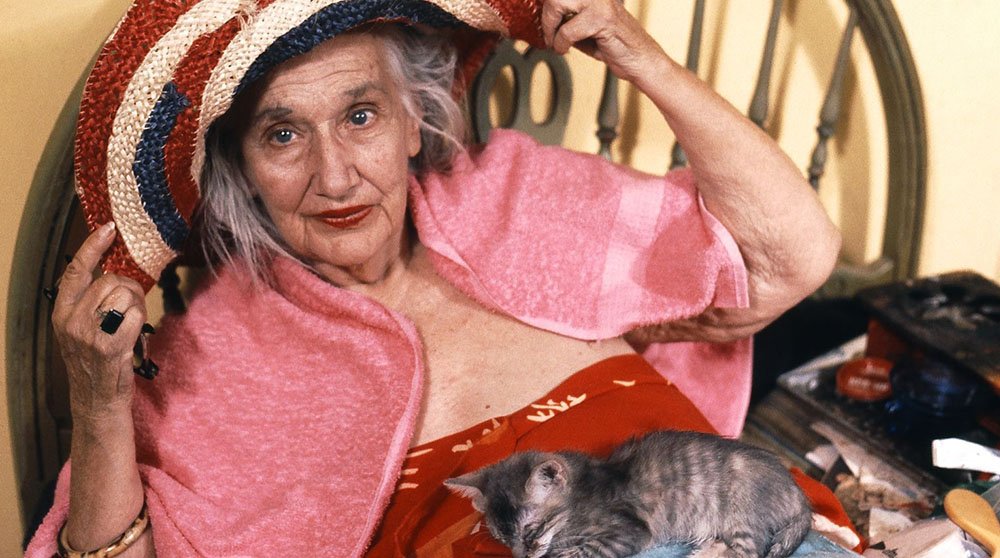
12. The Enduring Fascination with Big Edie
Even after her death, Edith Ewing Bouvier Beale continues to captivate audiences. Her life has been the subject of numerous books, documentaries, and films. She remains an enduring figure in American cultural history, representing both the heights of wealth and the depths of personal eccentricity. Today, her legacy endures as a reminder of the complexities of identity, fame, and familial ties.Edith Ewing Bouvier Beale’s life story is one of both privilege and decline, eccentricity and isolation. Through her portrayal in Grey Gardens, she transcended her socialite roots to become a beloved figure in American cultural history, forever remembered as a woman who dared to live life on her own terms.
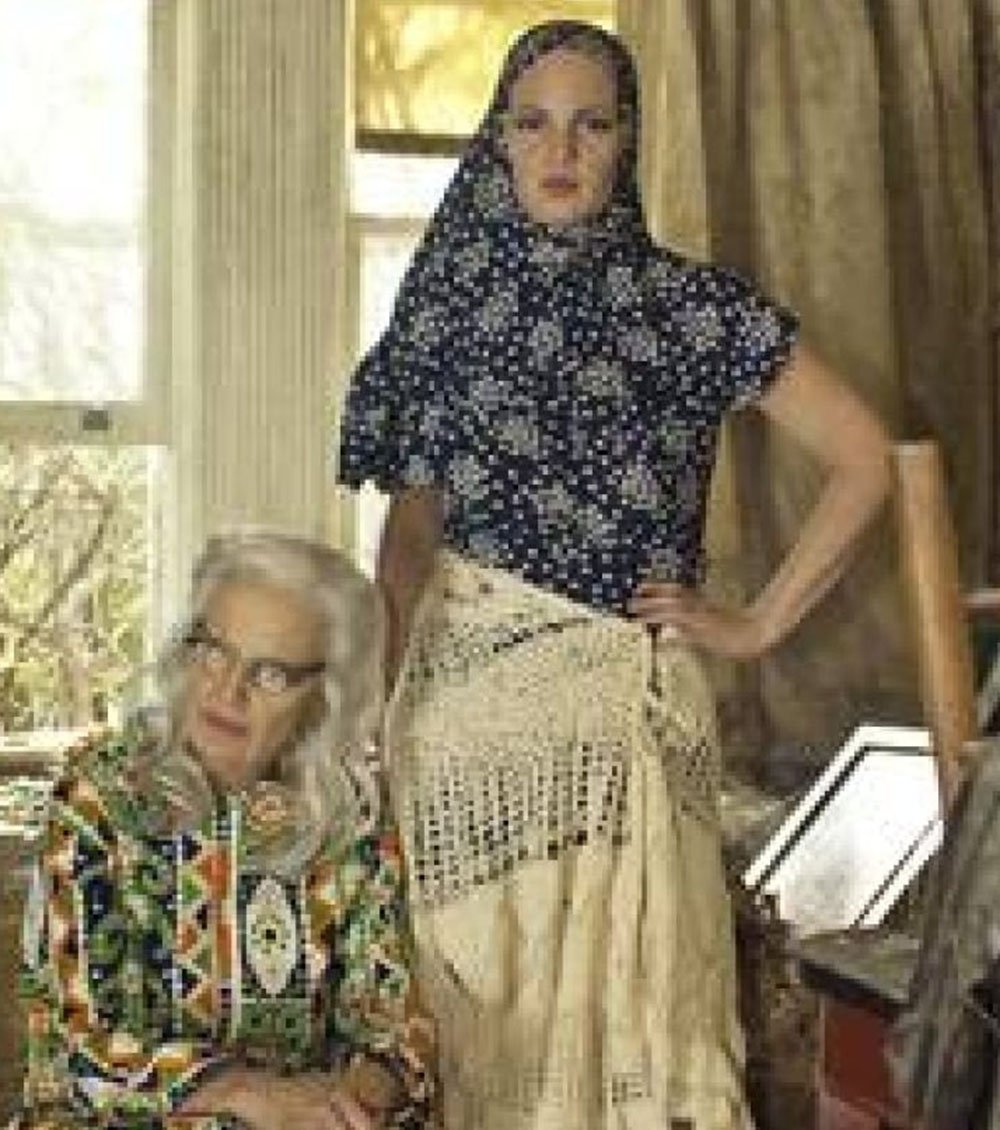
FAQ: Edith Ewing Bouvier Beale
Who was Edith Ewing Bouvier Beale?
Edith Ewing Bouvier Beale, known as “Big Edie,” was an American socialite and singer, famously known for her eccentric lifestyle and reclusive years at Grey Gardens with her daughter.
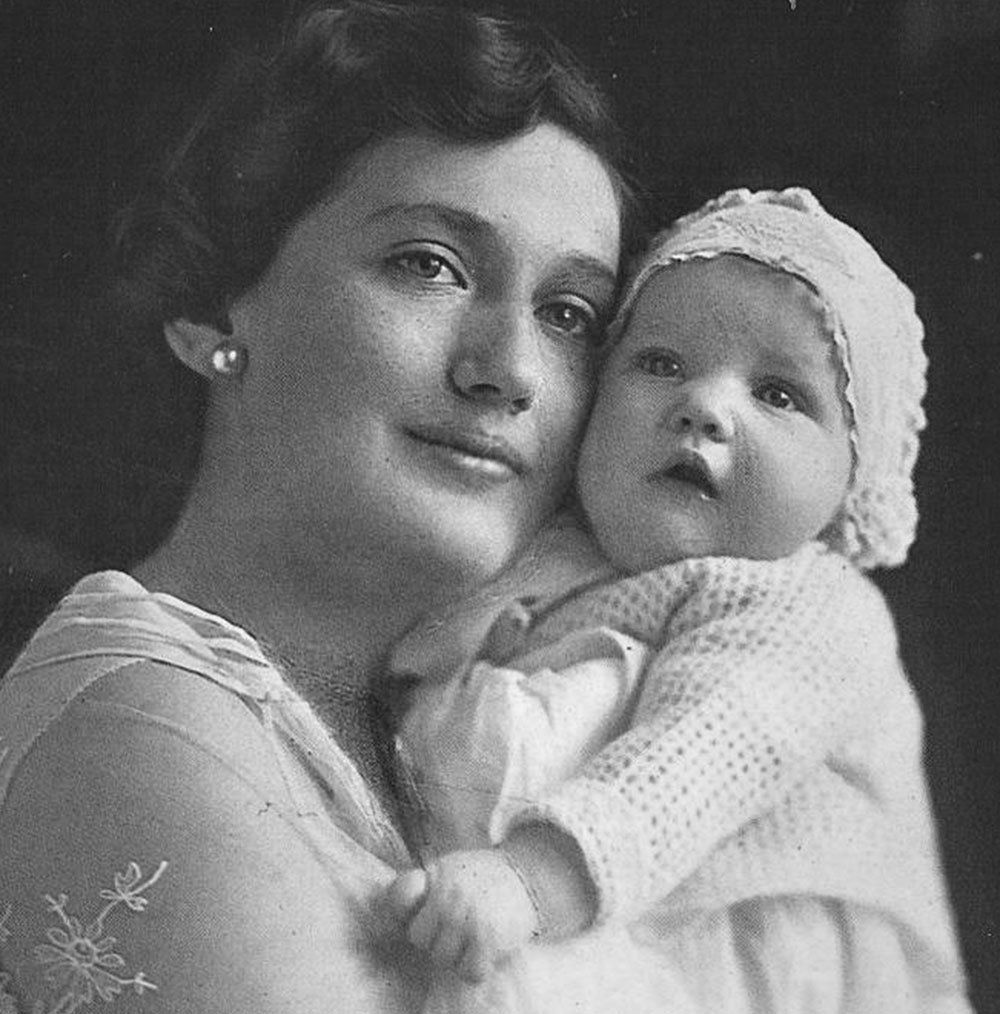
What is Grey Gardens?
Grey Gardens is a once-grand estate in East Hampton, New York, where Edith and her daughter, Little Edie, lived in isolation. The property became famous due to the 1975 documentary Grey Gardens.
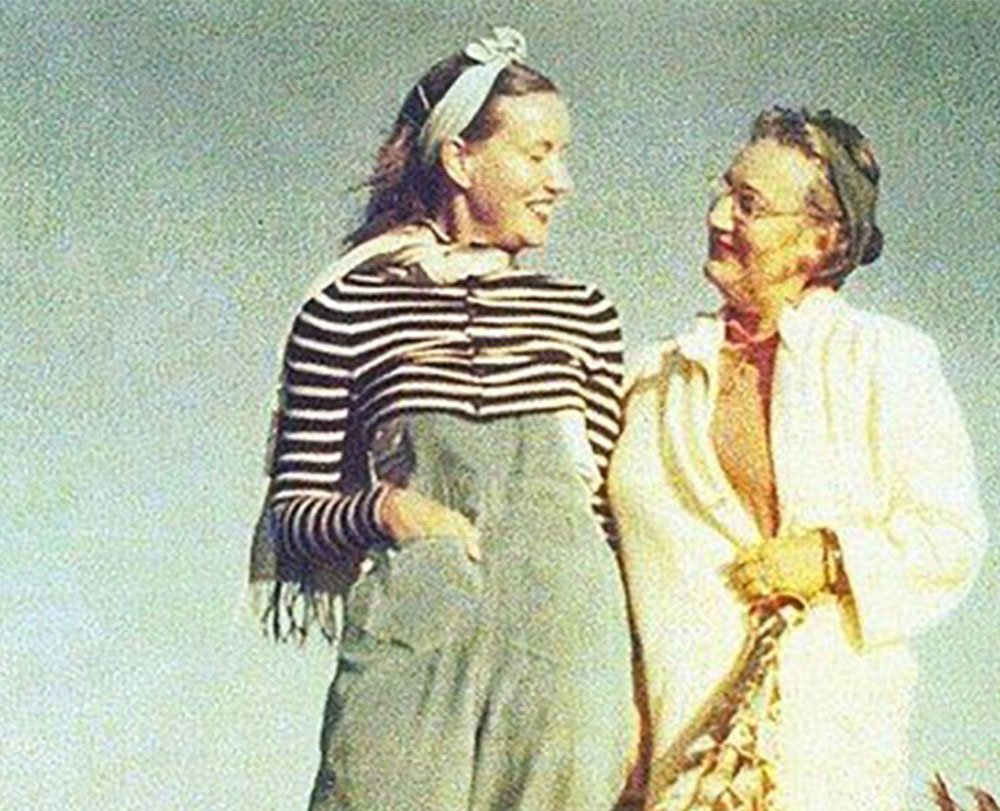
Why did Edith and her daughter live in isolation?
After Edith’s divorce and the family’s financial decline, both she and her daughter withdrew from society, becoming increasingly reclusive in their decaying home.
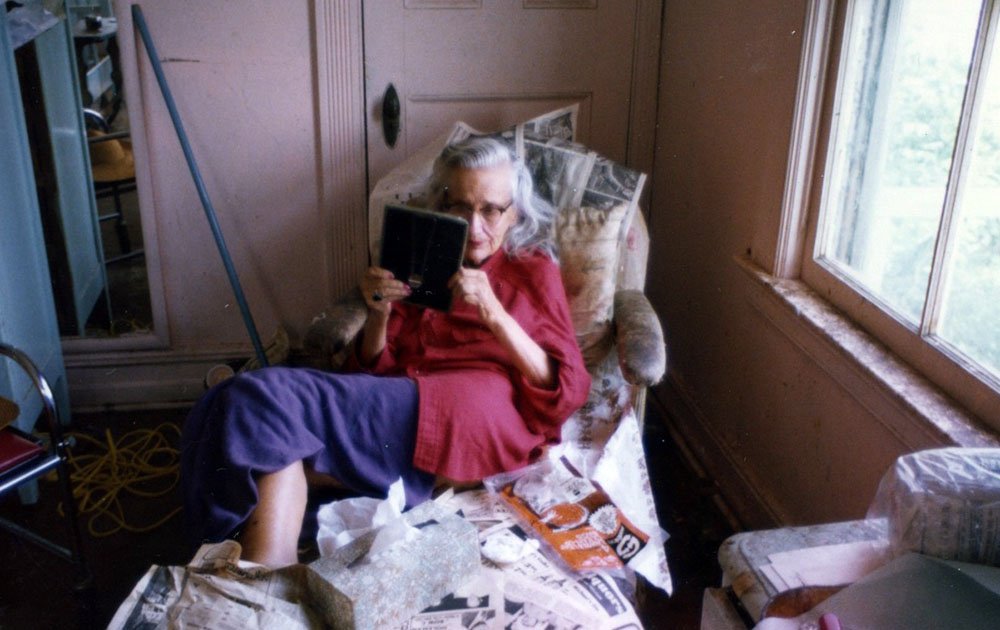
What happened to Edith Ewing Bouvier Beale after the documentary?
Edith passed away in 1977. After her mother’s death, Little Edie briefly pursued a cabaret career in New York before fading from the public eye.
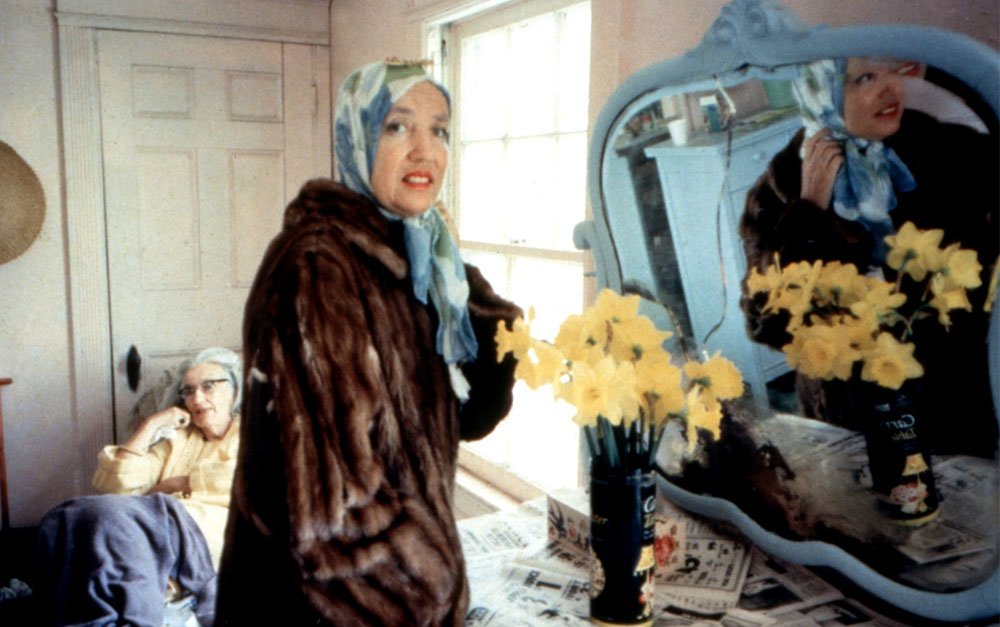
How did Edith influence pop culture?
Through Grey Gardens, Edith became an iconic figure known for her eccentric fashion and dramatic persona, leaving a lasting imprint on American pop culture.






